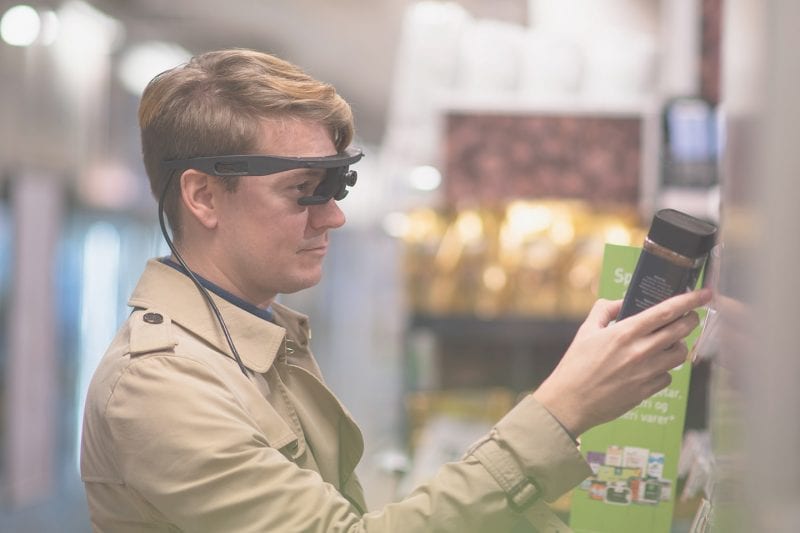In recent years, brands have, rightfully, looked beyond “User Experience” (UX) alone in order to better understand the “Customer Experience” (CX). Both carry their own importance for marketers, with the former more narrowly focused on the thoughts and needs of users as they connect with products, and the latter aiming to encompass all of the interactions a person may have with a brand.
But I don’t think those terms, and the concepts behind them, go deep enough in today’s environment, especially with all that we continue to endure. Marketing is no longer a function of getting customers to meet you where you are, but rather one of meeting them where they are – wherever, and however, that may be. For marketers, this means understanding more than just UX or CX or even the need to be human. It means focusing on something else, something more powerful, personalized, and central: Human Experience (HX).
A person’s world does not revolve around a brand’s product, service, or website. Those are merely narrow parts of a broader experience, making people only “users” and “consumers” for small portions of the day. We don’t roll out of bed as customers or reach for the phone and think ‘I‘m a user of this phone or a consumer of Facebook.’ Rather, we’re experienced-based entities in which products enhance or detract from our overall existence as humans.

Next level CX and UX – Adopting HX
Some brands have already started to embrace this human-first approach. For instance, in 2018, Deloitte Digital announced its strategic shift from developing “customer experience” to elevating “human experience.” IKEA and Wayfair also made the shift when they started allowing their customers – who they realized were more than just consumers and users of isolated pieces of furniture – to view products in virtual or personalized environments.
Like these brands, I believe more and more businesses will continue to adopt HX and do so at a rapid pace as we deal with the impacts of COVID-19. If the pandemic has shown us anything, it’s that we crave human-based experiences above all else. As marketers, it will be more important than ever to understand those experiences and find ways in which your product, service or website fit into them. Brands that don’t and continue to treat customers as transactional targets will run the risk of becoming irrelevant, if not disruptive. In other words, CX identifies you and interrupts with reasons to believe and buy, while HX truly understands you and focuses on enhancing and aiding your journey.
Richer research, insightful tech are key
It’s not enough to just say it, however. Successful brands will truly embrace it and, more importantly, live it. How does this happen? With a focus on the following:
● Integrating the fields focused on understanding humans: social science, psychology, philosophy, behavioral science.
● Obsessing over human connections. What do our customers really care about? And how can we authentically be a part of that?
● Being there – at all parts of the organization. Consumers increasingly understand the organizations constructed with their needs in mind – from customer service and delivery to mobile and chatbots.
● Identifying and understanding customer needs before they are expressed, or even if they can’t be. This necessitates using various technologies that can measure human emotions and feelings that influence and shape our behavior and decisions.
It is this last piece where we’re excited to help brands. While we can do a pretty good job at understanding people by asking them, it is only so powerful and insightful, and by adding biosensor analysis into the mix that measures emotions via body reactions like pupil dilation (eye tracking), skin conductance, brain activity, heart rate, and facial expressions, we provide a larger, richer, and somewhat truer, window into the human experience.

With our new online data collection, marketers have the ability to study people, and more of them, outside of a controlled lab setting, allowing for more natural, authentic behavior to occur and be understood. Our mobile data collection broadens that understanding of the human even further, permitting a fine-grained, continuous collection of people’s behaviors out in the real world via smartphone and wearables. It is with tools like these where marketers can get closest to 24/7, limitless insights on humans.
As we head into another year with what I imagine will have many twists and turns, it is important to have a
full picture and understanding of your customers – beyond just when they’re consumers or users. Snapshots can be deceiving. Understanding what happens before, after, and even around them, will be the path to sustained human-centered growth.












